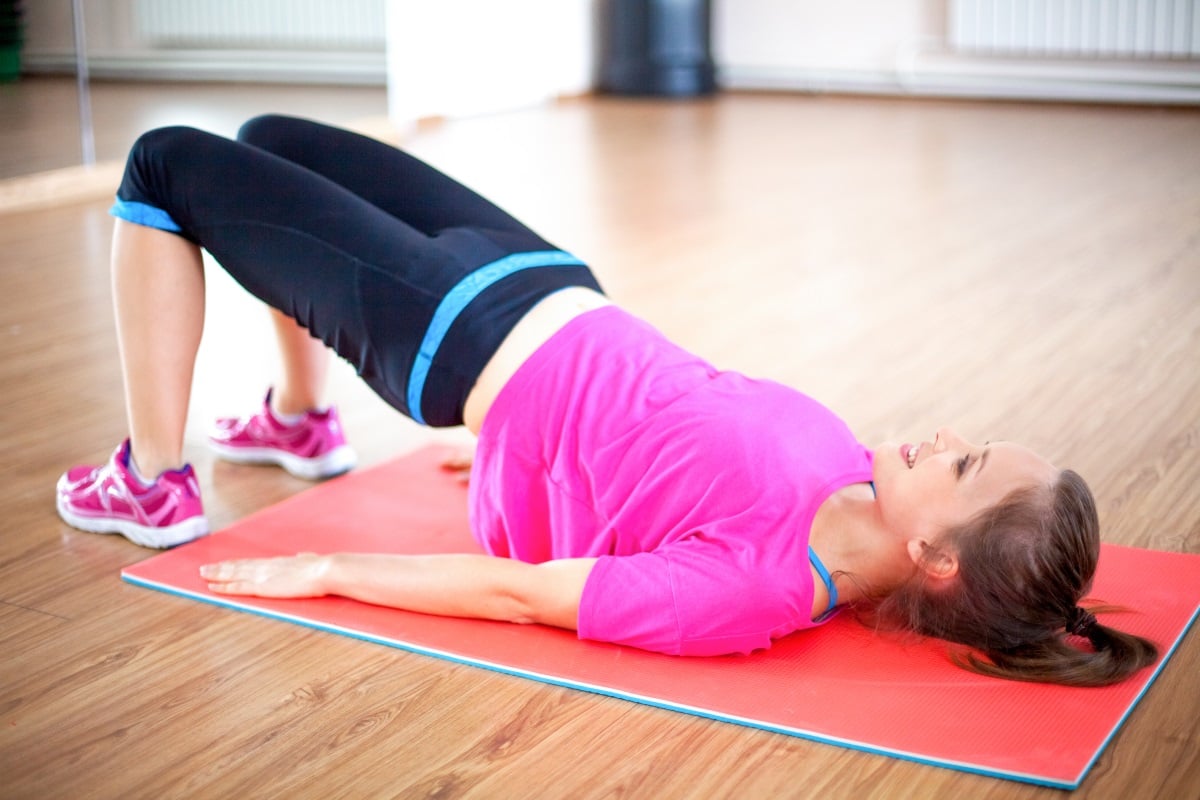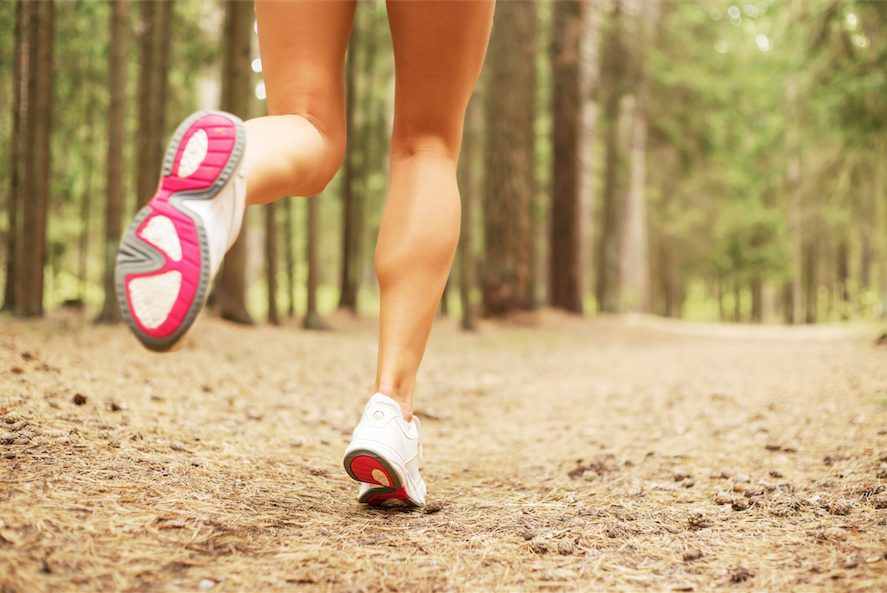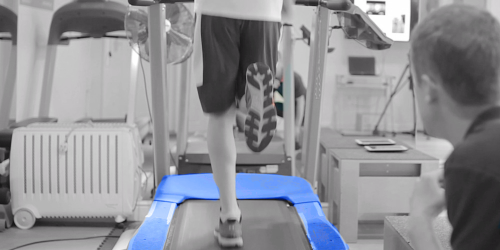You’ve put in the hard hours of training, you’ve tapered before your race, you planned your race day to perfection, so what do you need to think about now?
RECOVERY!
It can be a neglected part of racing because often the focus is on doing the event but knowing how to recover is every bit as important as knowing how to race.
You’ve just depleted your glycogen stores (your muscles fuel source), you’ve lost fluid and electrolytes through your sweat and you’ve put your body through its paces and your tissues will have suffered some trauma. We have a wonderful body system that is very good at healing and repairing itself, but it requires energy to do that and you’ve just used most of your fuel up racing. We can also help ourselves to speed up the recovery process which is what we’re going to discuss today.
What do you do when your car is running low on fuel? You pop to the garage and fill it back up and that’s exactly what you need to do for your body.
So what do I need to eat and drink?
The 3 things that you need to consume now are Carbohydrates, Protein and Fluids. We won’t bore you with the science as that’s a blog in itself but the Carbs will replace the energy, the protein will aid the tissue repair and the fluids will rehydrate the cells.
You don’t need anything special, it’s the same food groups that you eat on a daily basis; you just need to bias it more towards carbs and try to do so as soon after the race as possible. If like many people you can’t stomach solid food immediately after exercise then you can still take them on in liquid form, there are plenty of sports drinks/ powders out there containing roughly the right amounts of each. It’s a perfect excuse to drink chocolate milk!
Is there anything else I can do to ease the muscle soreness?
Your muscles have just worked incredibly hard, it inevitable that you will feel some muscle soreness but there are things you can do to reduce how much you feel and how long it lasts for. Everyone is different in how quickly the onset is and what works best for them but the following are things that can help. Trial and error will allow you to find the best combo for you.
• Cool Down – When you cross the line don’t just stop, make sure you put on some warm clothes and, if you can, keep moving gently (such as walking) for 5-10mins followed by some gentle stretching.
• Ice – Icing in the first 24-48hrs can help to reduce some inflammation.
• Massage – Massage can help to promote circulation and ease the intensity of muscle soreness and help to keep muscles from stiffening up too much during recovery.
• Stretching – Continuing stretching for a few days post-race.
• Active Recovery – in the first 72 hrs following the race active recovery can help to speed up the recovery process. By active recovery we mean light activity such as walking, gentle cycling, swimming.
• Pre Race Training – The more conditioned you are for the race the more likely you are to have reduced soreness post-race so this is more one to think about in advance so you can structure your training effectively.
How much rest do I need?
Well that depends if we are talking rest rest or time away from training. As we currently have clients running marathons, we’ll use post marathon as an example. It can take 2-3 weeks for the body to recover from the demands of running for 26.2 miles, and it’s important to allow the body to fully recover before taking part in hard runs again, to minimise the risk of injuries. Remember that your immune system will also be low now so it’s easier to catch colds etc. too. That doesn’t however mean you need to veg on the couch for those weeks, you just need to be sensible and listen to what your body is telling you. Your recovery will also depend on whether you’re a novice running your first marathon, or an elite athlete completing yet another marathon in PB time.
As a guide for the first few days it’s worth gentle cross training (cycling, swimming, walking) but lay off the running. You can then introduce some gentle runs (20-30mins) at an easy pace for you. Have a rest day after each run but you can still include some easy cross training. This can take you up to around day 10. Use how you run as a guide to how your body is feeling, if it’s hard work and you feel like your fatigued, you likely are so keep its easy. If you’re feeling like you’re back into your running stride, then now is the time to start steadily increasing your runs. From week 2, you can start to add in runs to increase your volume back to your normal training levels.
I’m worried that I’ve injured myself
It’s sometimes hard to know what’s post-race soreness and what is an injury, especially if this is your first race or heavy training. If you are worried about how your body is feeling then you can contact us at Synergy Physiotherapy and we can discuss whether you need any treatment.
If you have enjoyed this content please follow us on  or like us on
or like us on 






